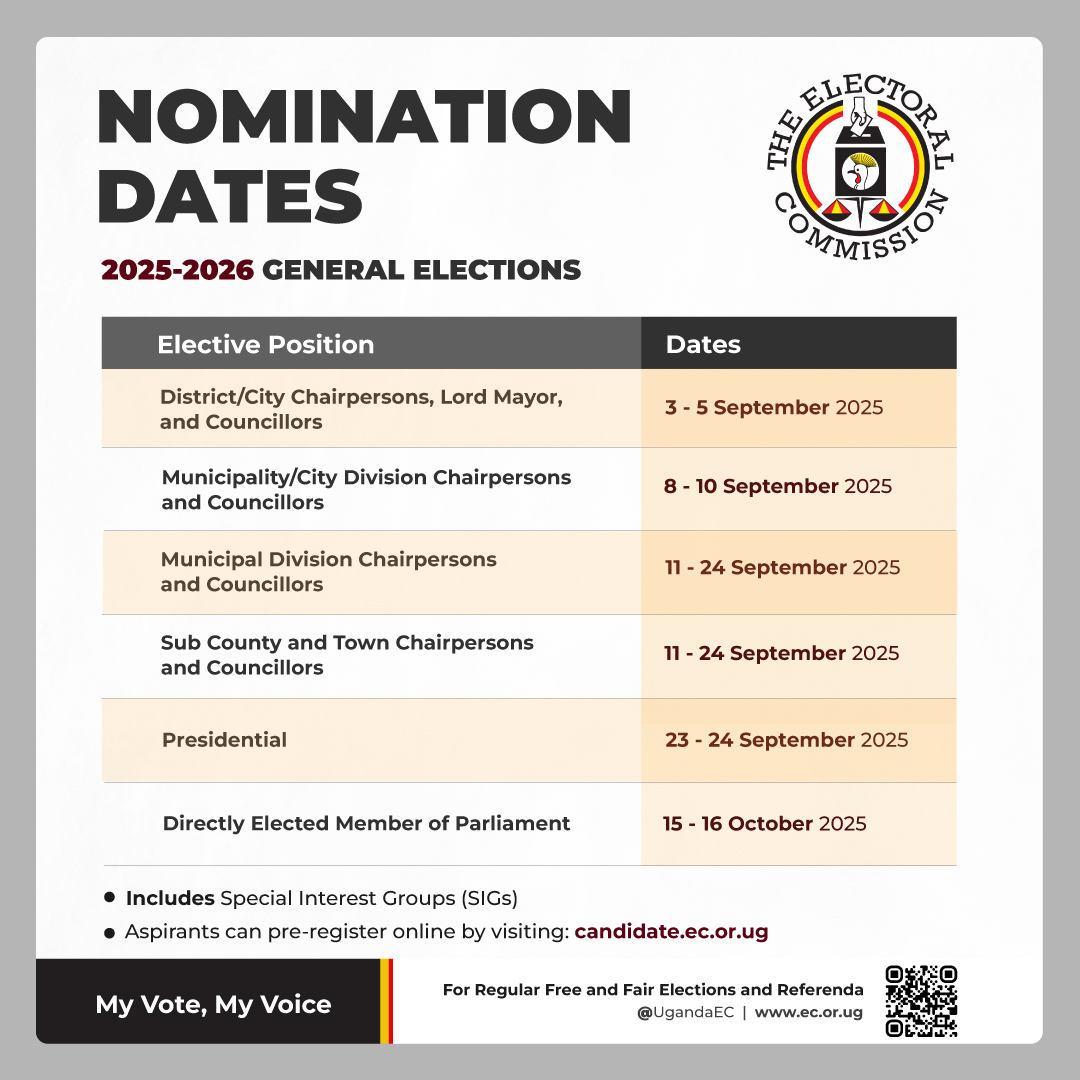Entebbe, Uganda – In a strategic move to bolster Uganda’s telecommunications infrastructure and national security framework, top government officials and industry leaders have reaffirmed their commitment to safeguarding telecom towers and accelerating power connectivity to remote sites. The dialogue, held at State House Entebbe, featured key representatives from American Tower Uganda (ATC Uganda), the Ministry of ICT and National Guidance, and the Uganda Communications Commission (UCC), underscoring the growing urgency to integrate telecom resilience with national development priorities.

Infrastructure at the Core of Connectivity
ATC Uganda, a leading wireless communications infrastructure provider and a subsidiary of the global American Tower Corporation, has invested approximately UGX 4.5 trillion in constructing over 4,500 telecommunications towers across the country. These towers are shared by major service providers including MTN and Airtel, forming the backbone of Uganda’s digital ecosystem.
Ms. Dorothy Kabagambe Ssemanda, CEO of ATC Uganda, highlighted the dual impact of these investments—not just in improving connectivity, but also in fostering local economic empowerment. “We work with over 5,000 landlords who host our towers, earning over UGX 55 million monthly in collective income. This has elevated livelihoods, particularly in rural communities,” she noted.

Energy as an Enabler of Inclusion
A key concern raised during the meeting was the urgent need for electricity extension to over 1,000 off-grid telecom tower sites, particularly in remote and hard-to-reach areas. Ms. Kabagambe emphasized that ATC Uganda has already invested UGX 120 billion to connect sites to the national grid, laying over 2,200 kilometers of power lines—a network that now supports both the towers and adjacent communities including schools, health centers, and public offices.
However, the remaining sites require grid extensions of 10 to 15 kilometers or more, which places them beyond commercially viable reach. ATC Uganda proposed integrating telecom tower connectivity into the government’s rural electrification agenda, arguing that powering a tower has multiplicative benefits for communities along the power line’s path.
This proposal received affirmative support, with assurances that these sites would be prioritized under ongoing national electrification programs.
Towards a Smart and Secure Infrastructure Network
Beyond connectivity and power, security emerged as a central theme of the meeting. In response to increasing cases of vandalism and equipment theft, a proposal was made to link surveillance cameras on telecom towers to the national security system. This would enable real-time monitoring through zonal command centers and significantly improve police response times.
The integration of telecom infrastructure into national security systems is part of a broader push toward a smart infrastructure ecosystem, where communication networks not only enable digital services but also enhance state surveillance, public safety, and rapid emergency response.
Additionally, proposals to introduce stricter penalties for vandals—including restrictions on bail—were raised as part of a deterrent framework. Telecom operators were also encouraged to take proactive steps by installing tamper-proof infrastructure, such as camera-equipped enclosures and alternative materials like concrete poles that deter metal theft.
Policy Support and Public-Private Collaboration
Ms. Kabagambe stressed the need for stronger legal frameworks and operational partnerships between the telecom sector and government entities. “This company is built by Ugandans, for Uganda. Though our shareholders are in Boston, we are deeply rooted in this country. We need policy alignment that protects infrastructure, supports local content, and fosters long-term national development,” she said.
Her call was echoed by Dr. Aminah Zawedde, Permanent Secretary of the Ministry of ICT and National Guidance, who led the delegation alongside Mr. George William Nyombi Thembo, Executive Director of UCC. The officials emphasized that sustaining Uganda’s digital and communication future requires inter-ministerial collaboration, strategic investment, and a protective policy environment.

Infrastructure as a Strategic Asset
Telecommunications infrastructure is no longer just a utility—it is a strategic national asset that underpins security, economic growth, service delivery, and digital inclusion. Uganda’s current efforts to power, protect, and integrate this infrastructure into broader national systems signify a mature, forward-looking approach to development. As both government and private sector actors align their efforts, the vision of a secure, connected, and inclusive Uganda becomes ever more attainable.





